The beauty of black seed or Nigella Sativa is that it has been used as a culinary additive to enhance the flavor of a plethora of dishes, throughout history. The black seed is widely known as a delicious culinary ingredient.
Countries that have used black seed for cooking are mainly in the Mediterranean regions including India, Pakistan, and Afghanistan since that is where the spice originates.
In old Latin black seed was called, ‘panacea’ meaning ‘cure-all’ while in Arabic it is termed as ‘habbat el baraka’ translated as ‘seeds of blessing’. In India and Pakistan, it is called ‘kalonji’ while in China it is referred to as hak jung chou.
Nigella seeds have a pungent aroma and its taste has notes of onion, oregano, and black pepper. In India and Pakistan, it is used in a variety of curries including achar gosht and naan. Black seed is also drunk with milk to make it taste better in these regions.
In Turkey, people have used black seed for cooking for centuries. It is added to various types of bread as well as other pastries.
In ancient Egypt, the physicians of the time were well known to carry bags of the seed to administer to people with stomach problems which were prevalent amongst the upper classes who indulged in festivities where overeating was the norm.
In addition, Egyptians have used black seed in culinary to preserve lemons in pickles. This seed was also found entombed in Egyptian pharaoh Tutankhamen’s remains, which date back to 1323 bc. Egyptians also used the black seed to make dukkah, a traditional condiment consisting of mixed herbs and spices.
Famous British chef Nigella Lawson has endorsed her namesake spice, Nigella Sativa in her famous lamb ribs recipe. The British also use it as a topping on scrambled eggs and in soups.
The Persians used black seed for cooking on a flatbread known as naan-e-berberi, which is also centuries old.
Perhaps cooks in these regions noticed the properties of the black seed, which is why they used it so commonly in their dishes. And what can be a better ingredient to add than one, which has some notable properties and adds a superb flavor to the dishes it’s added to.
It is no wonder that black seed has been mentioned in the old testament and was also quoted by the holy prophet Mohammed (saw).
The followings are some recipes in which you can include black seed into your diet.
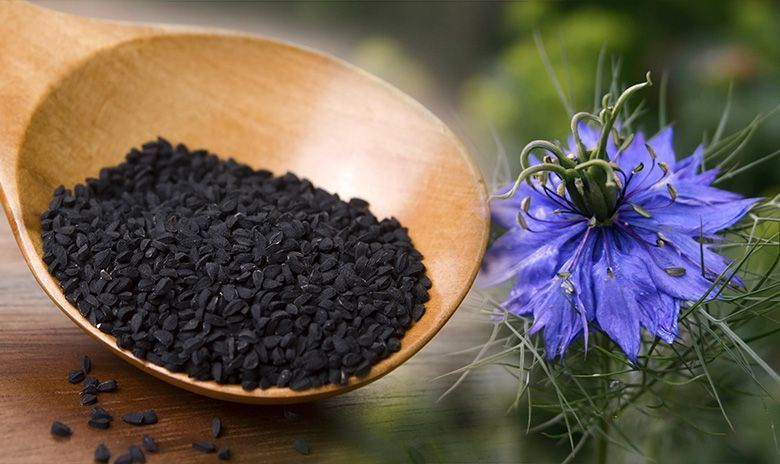
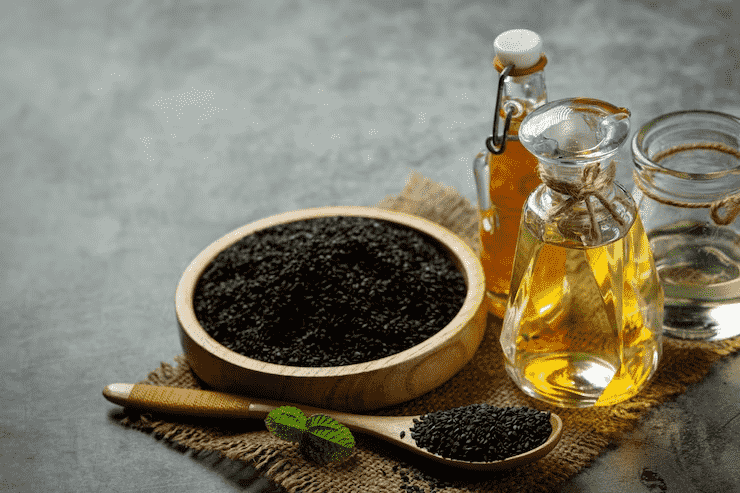
It is a traditional Palestinian black seed paste. It is made from crushed nigella seeds. The paste has a sharp, bitter taste with slight tones of sweetness.

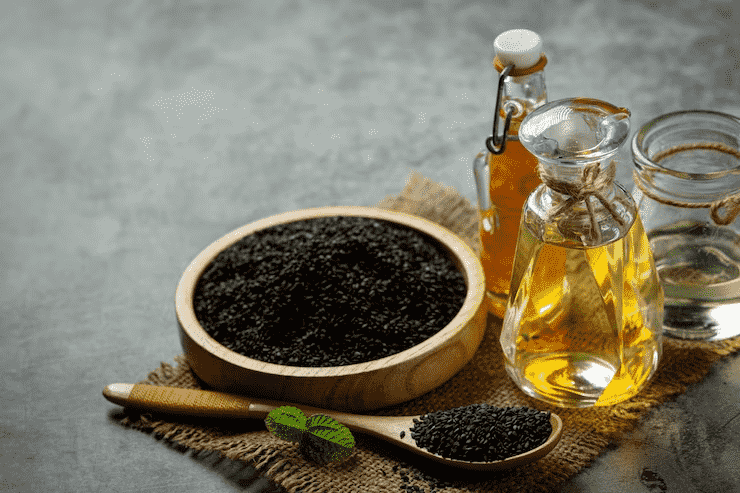
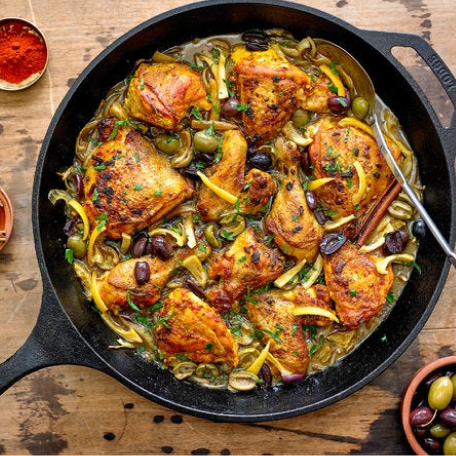
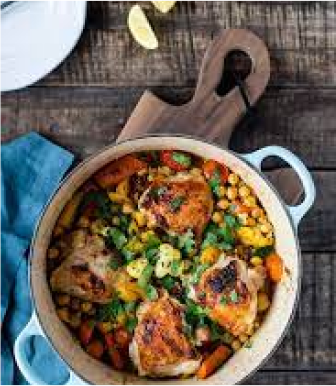
It is a traditional Moroccan dish, a tagine dressed up with Nigella seeds (or sanouj in Moroccan Arabic), impart a light oregano-like essence to this classic Moroccan chicken tagine. Here are the ingredients:.
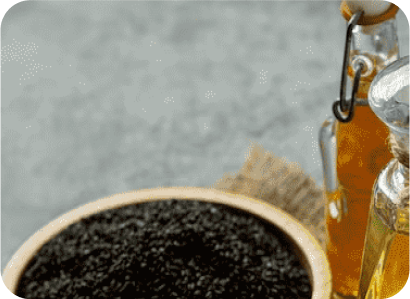
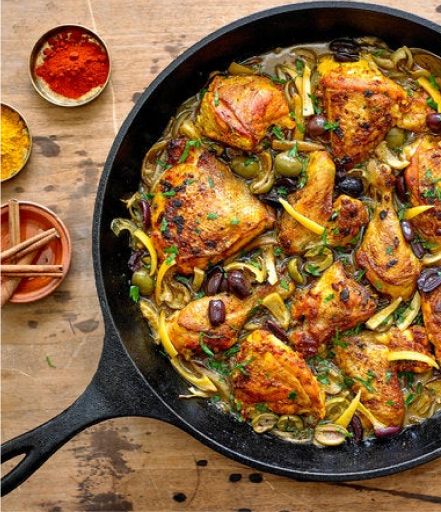
**Alternatively, you can mix together 1tablespoon Black Seed Oil with tablespoons 1-2 honey and add to your preferred tea or beverage to obtain the benefits of Nigella Sativa.